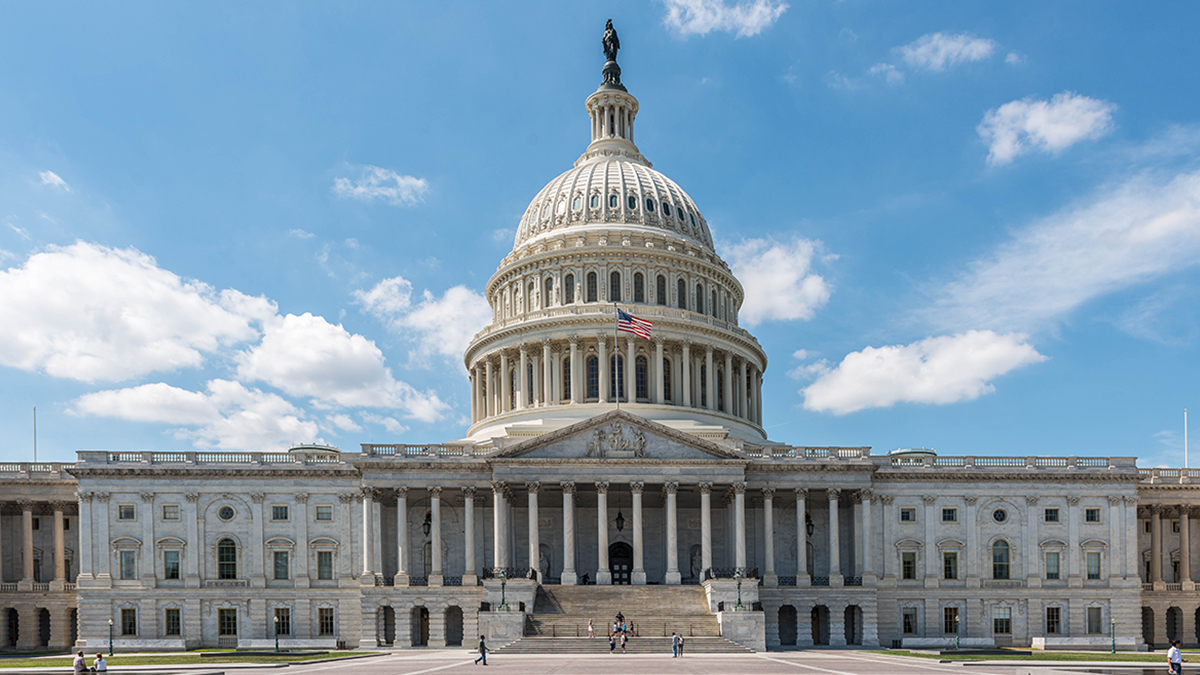There may be drilling on the West and East Coasts!
The Trump Administration is expected to suggest opening offshore drilling access to federal waters in the five-year offshore plan that the Department of Interior is devising. These areas could include waters off the southern coast of California, the Atlantic coastline (though it remains unclear if that would include waters off Florida), and a small section of the eastern Gulf of Mexico. The draft plan signals a major expansion of U.S. waters for oil and gas leasing.
The Atlantic coast currently has no offshore oil and gas, while the Pacific has greatly scaled back its production in part due to state laws to phase out or ban new offshore drilling.
Trump, in his first term, banned new drilling off the coasts of South Carolina, Georgia, and Florida until 2032 following pressure from allies in those states and to shore up his own environmental standing as he faced off with Joe Biden in the 2020 election. He could reverse those plans now.
Recent Interior Department documents show there is industry interest in Atlantic and Pacific drilling, with companies broadly supporting expanded access beyond the Gulf. The draft marks an initial step toward a new five-year plan for Outer Continental Shelf oil leases from 2026 to 2031, which would replace the former Biden administration’s program that scheduled only three auctions from 2024 to 2029.
Democrats, meanwhile, claimed the Trump administration allowing drilling off their long-untouched coasts would be illegal given that the Biden administration put the areas under protection, though a district court earlier this month ruled otherwise.
The East and West coasts aren’t the only locations President Trump is eyeing for drilling. The Interior Department recently announced it will take several steps toward opening up 1.56 million acres of coastal plain in the Arctic National Wildlife Refuge for drilling.
An Interior Department spokesperson said these moves “demonstrate Interior’s continued focus on reducing regulatory barriers, expanding domestic energy production, supporting local economies, and securing Alaska’s role in fueling America’s energy and economic security.”





